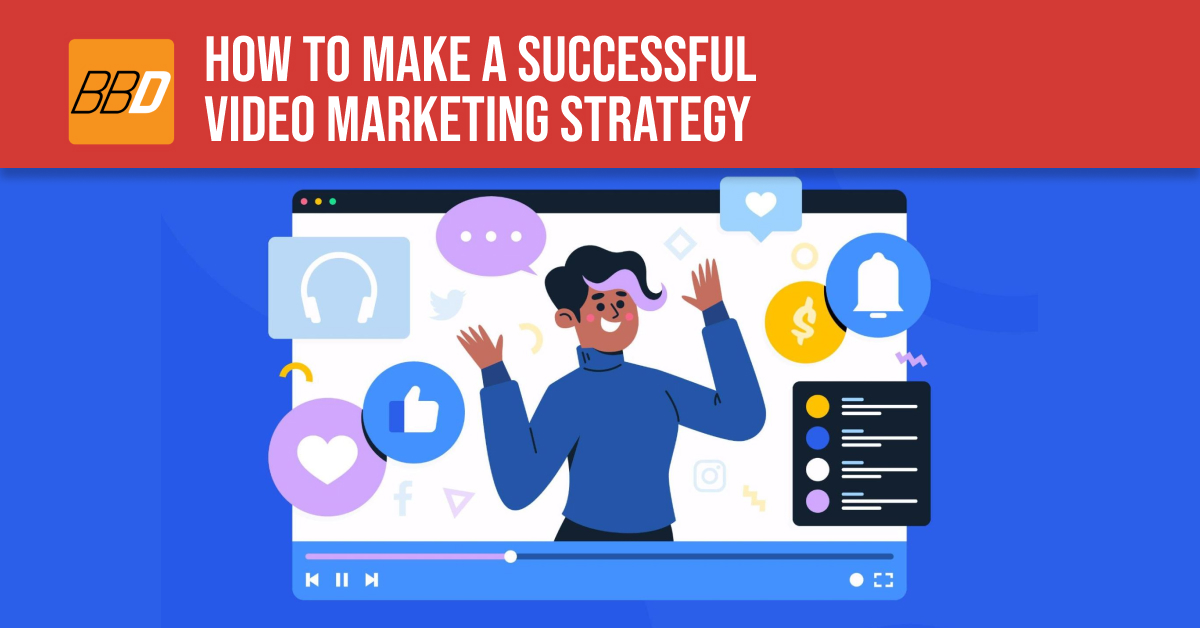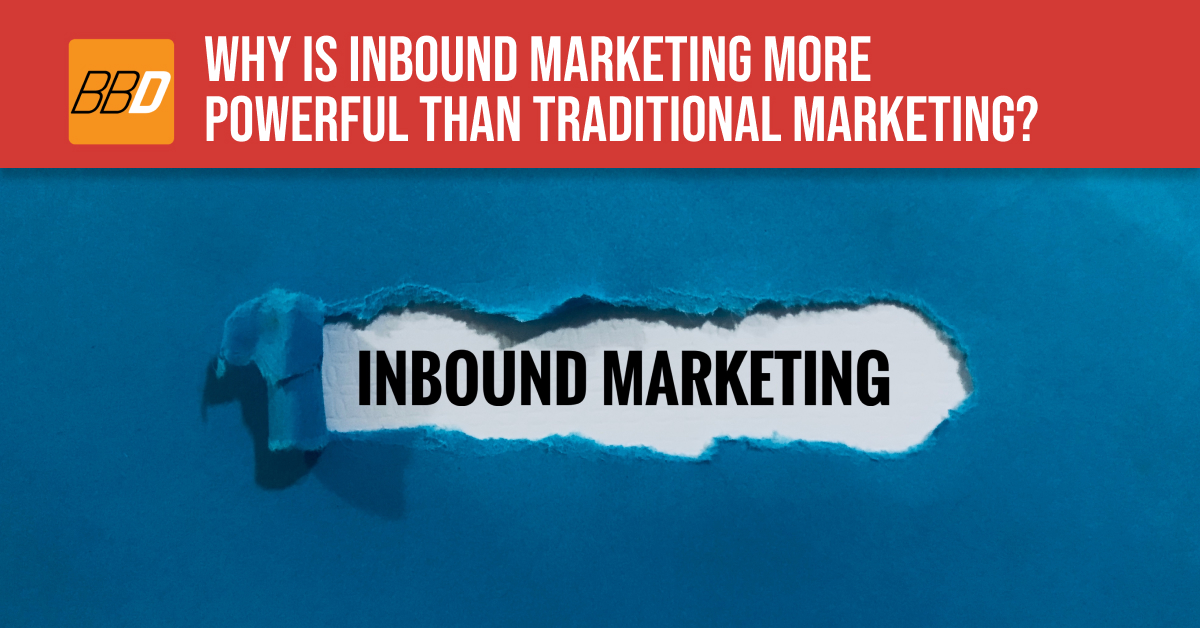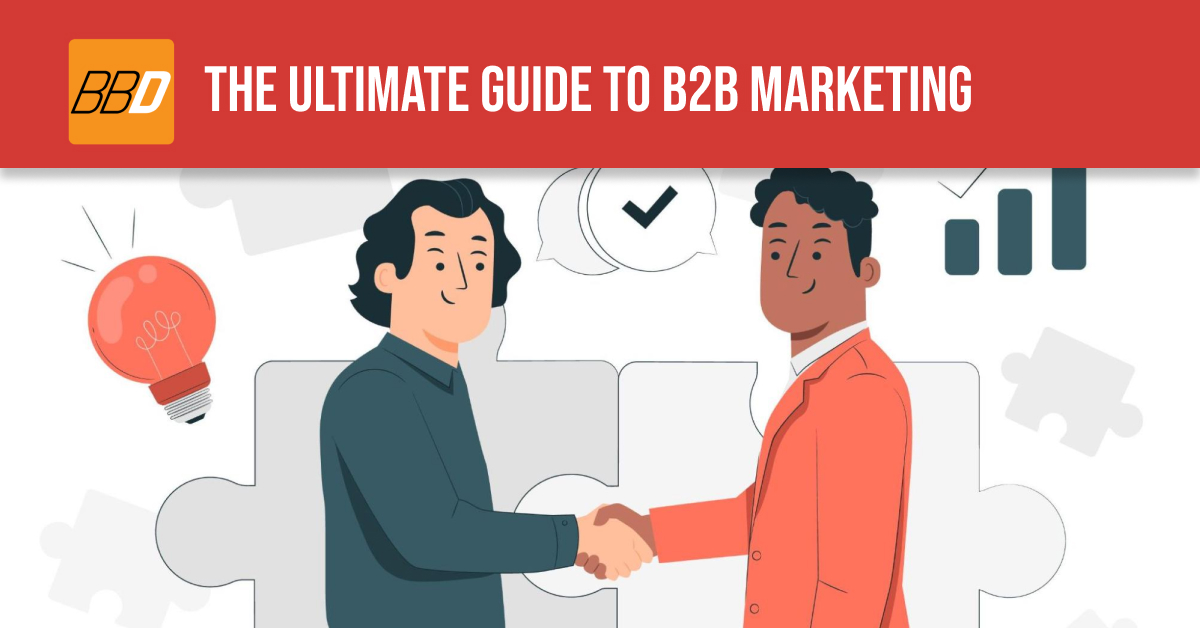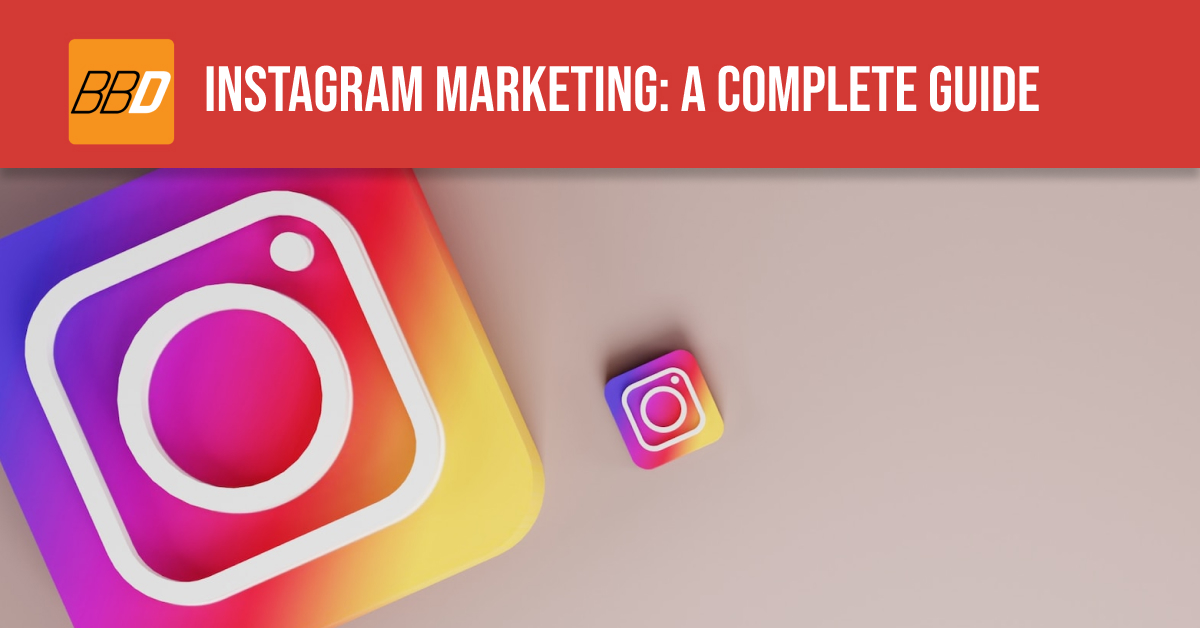Introduction
Video content has become the most consumed form of content online, with an average person spending up to 100 minutes per day watching videos online. This is why a video is a crucial tool for businesses trying to reach potential customers from among billions of social media users.
Today, around 86% of businesses use video as a marketing tool. If you are looking to promote your business using video marketing, the first step is to formulate a video marketing strategy suited to your business goals.
Why You Need a Video Marketing Strategy
Videos have a unique capability to influence viewers. They are short and captivating and are the perfect medium to communicate information about your product or service in a way that inspires them to become customers.
Consumers prefer videos to other forms of content like emails, blogs, or newsletters.
Marketers have found videos to be effective in driving traffic, influencing buying decisions, improving conversions, and thus, improving revenue. Video also helps with search engine optimization (SEO) by improving your website’s ranking on search engine results pages (SERP).
There is an array of types of marketing videos, the platforms on which you can share them, and the tricks you can use to ensure that you reap the most benefits out of your marketing efforts. With a well-planned marketing campaign, you can promote and grow your business using video marketing.
8 Easy Steps to a Booming Video Marketing Campaign
Planning is an important step in achieving success in your video marketing campaign. A strategy will help you identify your goals, execute a plan to achieve them, track your performance and make improvements.
Here are the steps you can follow in devising your video marketing campaign:
1. Define Your Goals
Before making video content, identify the goals you wish to accomplish from your marketing campaign. These goals should be realistic and relevant.
Some common goals are to create brand awareness, generate conversions, or improve viewer engagement. You should make these goals specific by narrowing them down to measurable parameters like video views, average time spent by viewers watching a video, frequency of mentions, conversion rate, and so on.
Such measurable criteria will help you track your achievements and identify areas where you need to improve.
2. Identify Your Target Audience
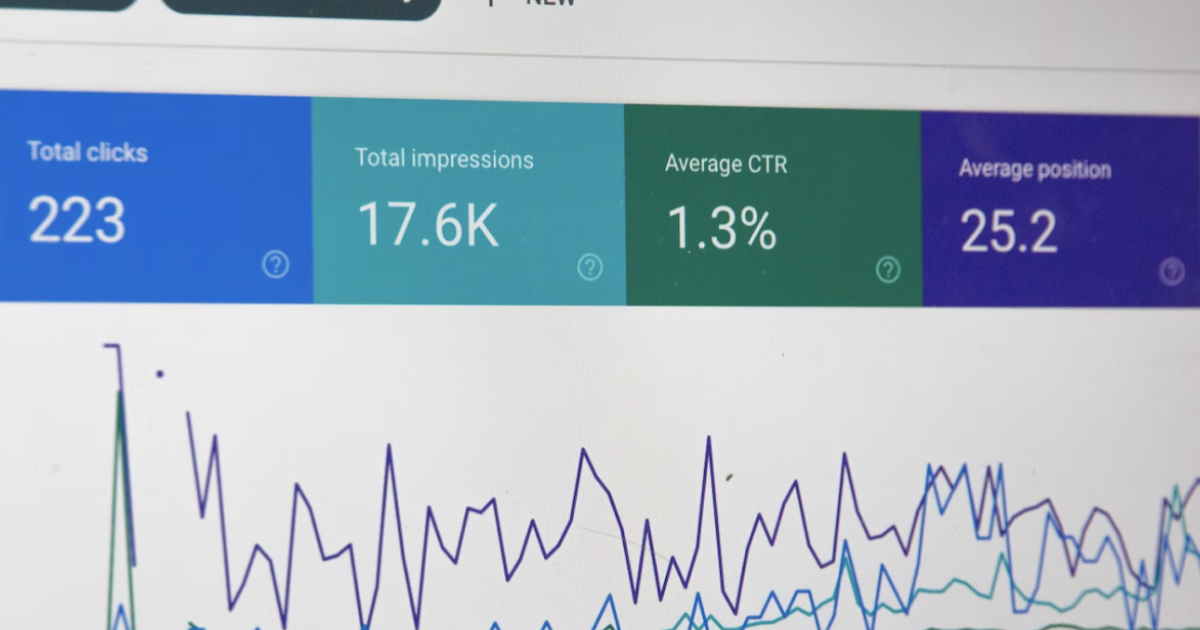
Understanding who your audience is and what kind of content they are looking for is crucial, as you can then make videos that are customized and catered to them. While it is important for your videos to reach a large audience, it is more important that your videos connect with your target audience.
You can use analytics tools and software that will give you valuable information about your user demographic.
3. Determine What Content You Want to Create
Before you start making videos, you need to figure out what kind of videos you want to make and the story you want to tell your viewers. You need to make video content suitable to your business and your target audience.
You can make a mixture of short-form videos like Reels and TikToks and longer videos better suited for platforms like YouTube or your website. Some common business marketing videos include advertisements, how-to, explainer videos, product videos, and customer testimonial videos. Nowadays, most online video editing tools feature prebuilt video templates so that you can easily create video content that is relevant to your target audience.
You can also make live videos and organize webinars.
If you are unsure about the kind of videos you want to produce, try to experiment with different kinds of videos and measure their performance to find the best fit for your target viewers.
4. Allocate a Budget
After you have identified the kind of video content you wish to create, it is time to set a video budget.
Some factors you should consider while estimating your costs are whether you are using an in-house team for video production or outsourcing it, the quality of video you want to create, and the cost of equipment like camera, lighting, microphone, and editing software.
If you are opting to create video graphics and animations in your content and need to use an online video editor or editing applications, you will need a larger investment.
5. Production
The next step in your video campaign is to develop the video content. First, you need to finalize the storyline for your video, its style, and length, create a script, choose the music, and then you can start production.
Test all your equipment and find the right lighting. While recording the video, ensure that the audio and video are of adequate quality.
6. Use the Right Software for Post-Production

The post-production process is crucial to making video content that will perform well. This involves video editing and creating graphics, which can be done by.
You can make a video online with the web-based video maker tool if you don’t wish to use complex editing software or outsource the editing to professionals. Learning video editing can be a valuable skill to help you easily create and upload video content.
7. Choose Your Platforms
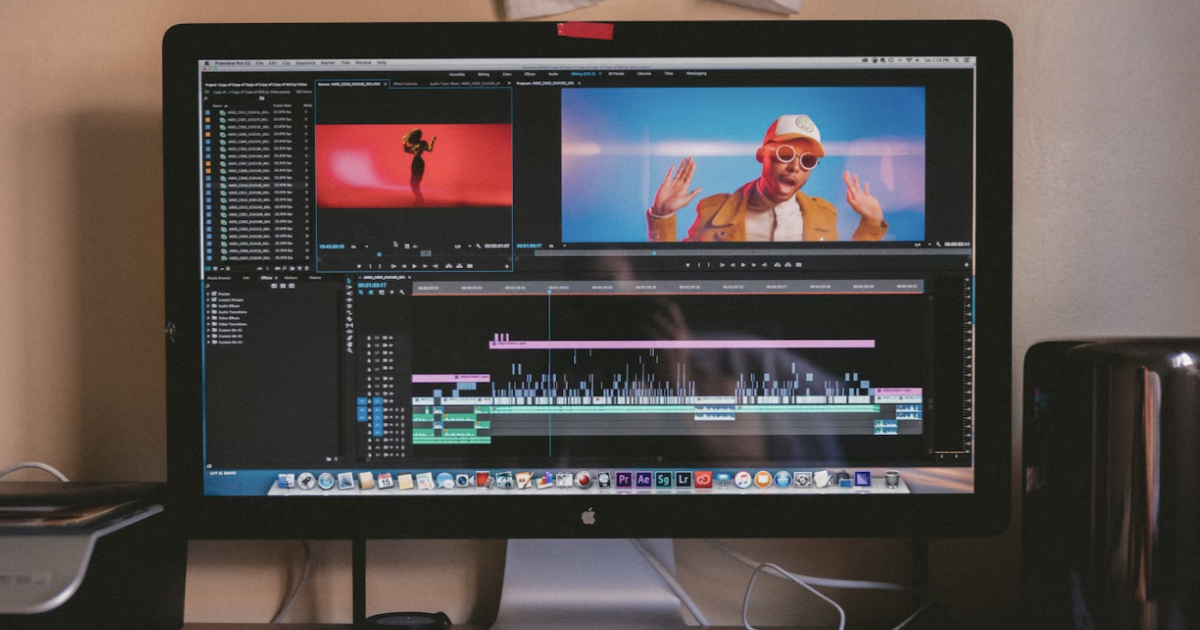
After you have your content ready to post, you need to choose the platform on which your video will be hosted. Distribute your content on multiple channels so you can maximize your reach and engagement.
You can upload your content on your website, emails, and social media platforms like Instagram, Facebook, LinkedIn, as well as YouTube. Videos uploaded on one platform can also be shared or linked to other platforms.
You should also choose your platform based on who your target audience is and the kind of content you are creating. Younger audiences can be reached through short-form videos on Instagram and TikTok, while older audiences tend to use Facebook.
YouTube is ideal for longer, blog-style, or demonstrative videos. You can also make like videos on Instagram or Facebook.
8. Measure Your Performance

The last step in your video marketing campaign is to track your performance after it has been released. Measure the number of views, unique viewers, time spent watching the video, drop-off rate, click-through rates, and overall content consumption.
Several analytics tools available online and on social media platforms will enable you to track this data.
Wrapping Up
Video marketing is a valuable tool, and learning to promote your business using video can be instrumental in its success. You can make a video marketing strategy using the above steps to incorporate video content into your marketing strategy. A well-planned campaign will have a significant impact on your business.

